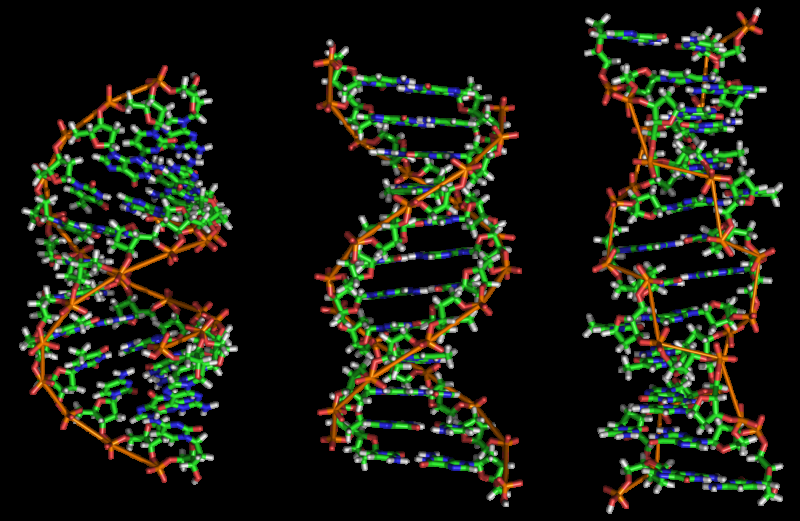February 12, 2016 report
Researchers find that chromatin's complexity can be reduced into a unifying model of gene regulation

(Phys.org)—A team of researchers made up of members from the California Institute of Technology, Tottori University and the Howard Hughes Medical Institute has conducted a study that has led to finding that that the material of which chromosomes are composed (chromatin) can be reduced to a unifying model of gene regulation. In their paper published in the journal Science, the team describes their approach and why they believe it may lead to a better understanding of the way the expression of the genome is controlled. Albert Keung and Ahmad Khalil with North Carolina State University and Boston University respectively, offer a Perspective piece on the work done by the team in the same journal edition and offer some insight into the direction such work appears to be heading in the near future.
As Keung and Khalil note, research into chromatin organization is rapidly advancing and because of that advances have been made in better understanding many disease processes. Most of this research, they note, has taken place at the cellular level. In this new effort the researchers took what they describe as an "algorithmic" approach to the study and structure of chromatin biology. Their approach is based on looking at the way individual chromatin regulators operate to produce the different gene expressions that occur. In so doing, they came up with a model that Keung and Khalil describe as both elegant and unifying.
The model is based on the development of a framework to quantitatively describe the behavior of individual chromatin regulators (CRs) taking into consideration how they modulate gene expression, how permanent the changes are and how they relate to one another. The framework is then used to compare four distinct repressive CRs using longitudinal measurements they took of single cells via time-lapse microscopy. The end result is a three-state model that allows for capturing the dynamics of nongenetic influences on gene expression.
Because the model they built is so simple, it is not well suited for the study of higher level biochemical problems, Keung and Khalil point out, but suggest that connecting the model with data obtained via prior studies should prove interesting. They also note that building such a model is important because it helps to bring logic to the problem of conceptualizing the complexity of chromatin biology.
More information: Dynamics of epigenetic regulation at the single-cell level, Science 12 Feb 2016: ol. 351, Issue 6274, pp. 720-724, DOI: 10.1126/science.aab2956, science.sciencemag.org/content/351/6274/720
Abstract
Chromatin regulators play a major role in establishing and maintaining gene expression states. Yet how they control gene expression in single cells, quantitatively and over time, remains unclear. We used time-lapse microscopy to analyze the dynamic effects of four silencers associated with diverse modifications: DNA methylation, histone deacetylation, and histone methylation. For all regulators, silencing and reactivation occurred in all-or-none events, enabling the regulators to modulate the fraction of cells silenced rather than the amount of gene expression. These dynamics could be described by a three-state model involving stochastic transitions between active, reversibly silent, and irreversibly silent states. Through their individual transition rates, these regulators operate over different time scales and generate distinct types of epigenetic memory. Our results provide a framework for understanding and engineering mammalian chromatin regulation and epigenetic memory.
Journal information: Science
© 2016 Phys.org


















